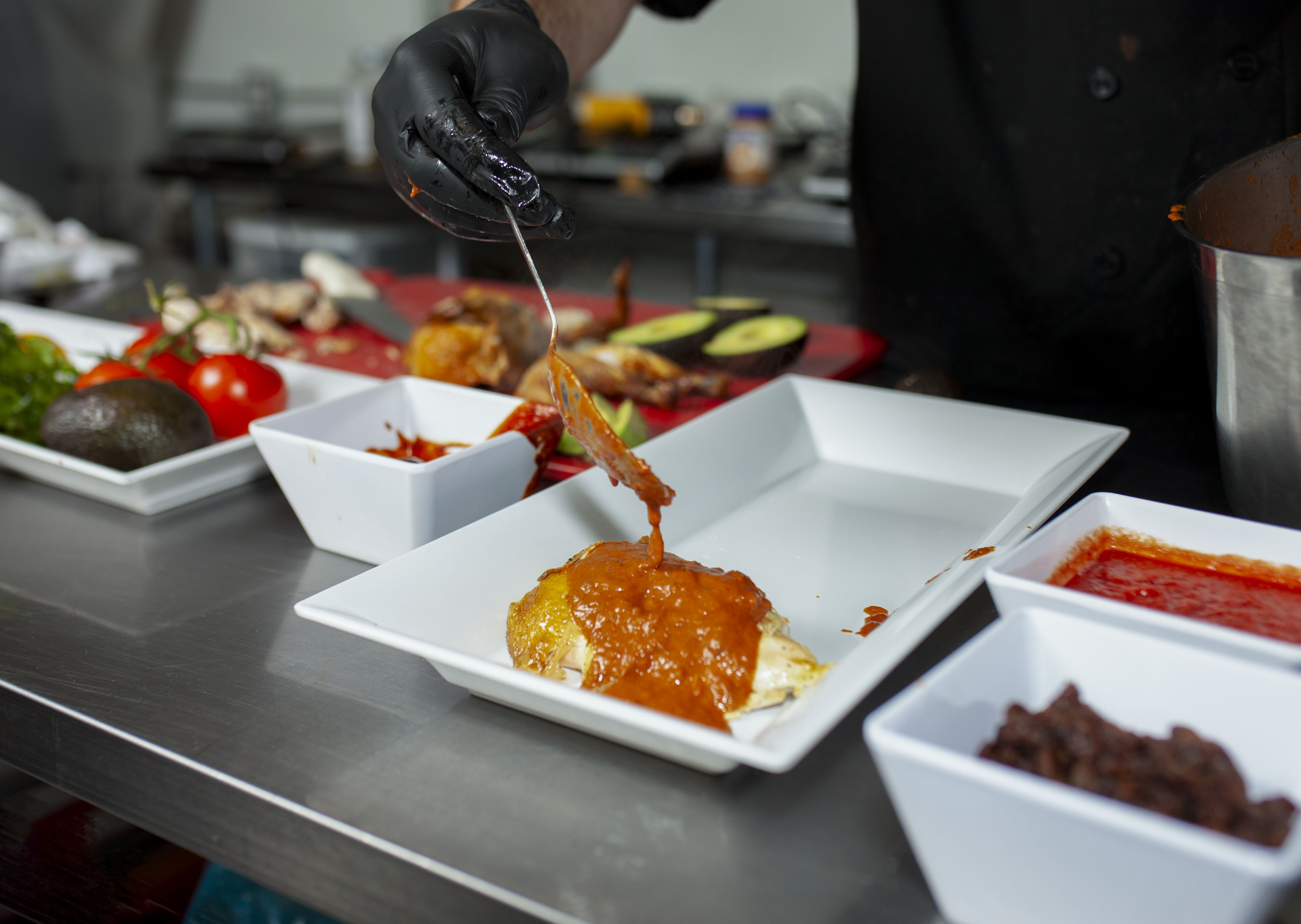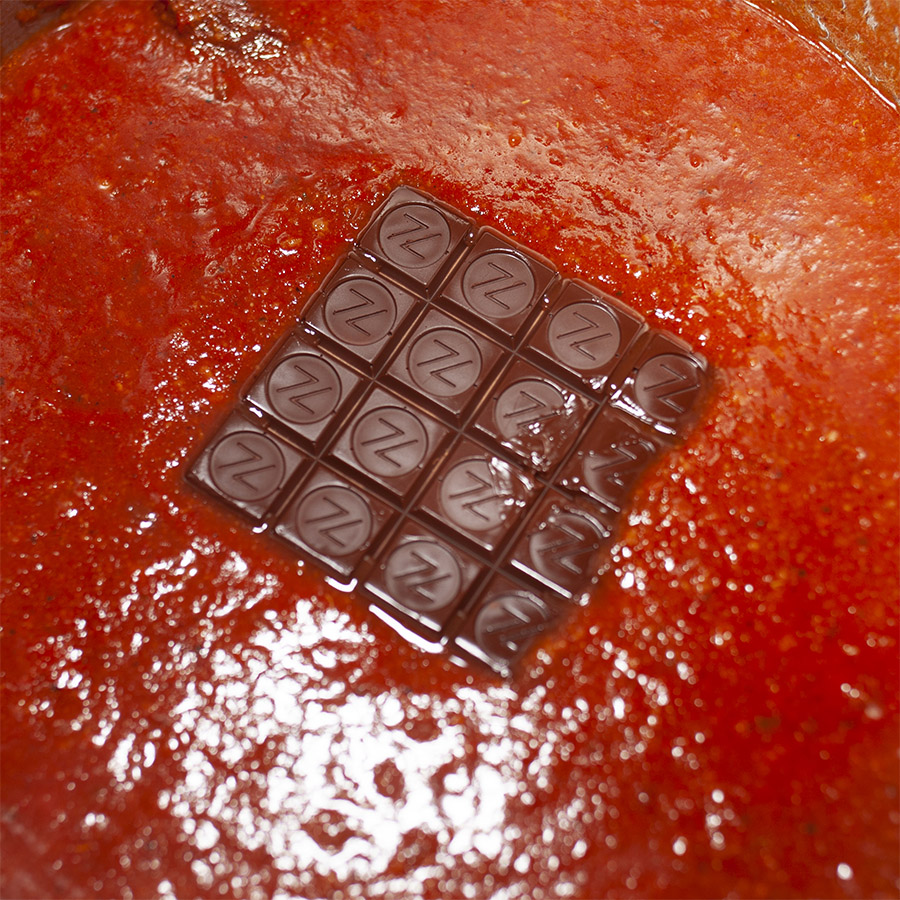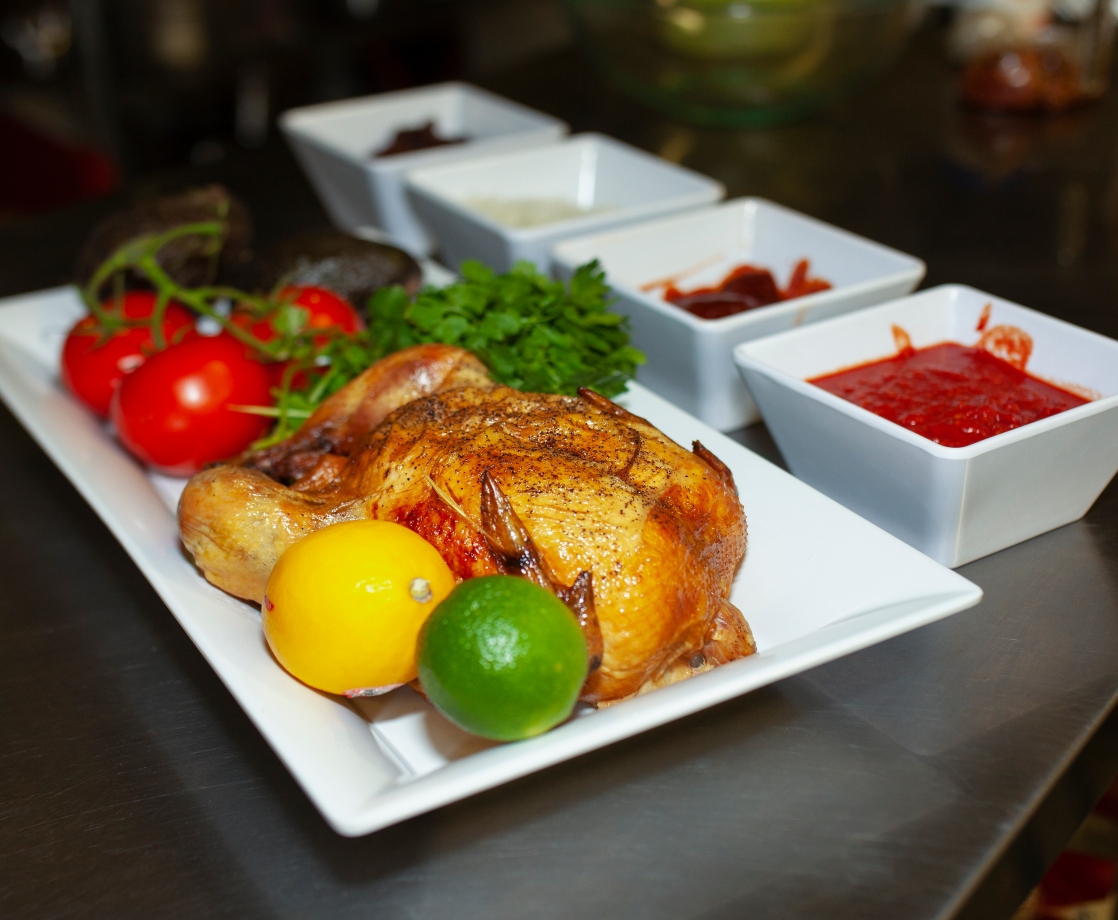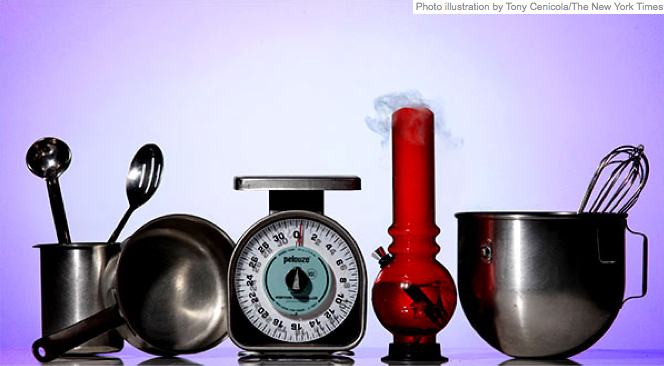It will never stop blowing my mind that pot lovers in legal states can walk into a dispensary and treat it like their local Whole Foods, picking up specific strains and high-quality infused ingredients in order to turn their kitchens into a veritable Willy Wonka test kitchen. Oh, you’re not doing that? Well, this week’s column just might inspire you to add some weed to your spice cabinet.
To some, cannabis is recreational; to others, it’s medicinal. For me, it’s a little of both. Edibles users, in particular, typically walk both lines as an easy intake method for those who can’t smoke flower or are concerned about the impact of vaping concentrates. And if you have a serious medical condition like cancer, you can’t mess around with inhaling questionable weed — your life might literally depend on it. So, it shouldn’t come as much of a shocker that some of the best edibles recipes come from those using infused food for medical purposes.
This week’s Baked to Perfection is by way of a two-time cancer survivor, Tyler Cooke, who now serves as the Edibles Department Director at NUG. Fifteen years in a professional kitchen might make any chef passionate about the infinite possibilities of cooking with cannabis, but Cooke became an infusion expert simply by having to cook with the plant every day. In other words, you can trust that this medicated mole is going to be out of this world. Read on to learn more about how he became a professional edibles chef and the secret to his infused sauce.

Medicated Mole
Note from the chef: Mole is a traditional sauce originally used in Mexican cuisine, as well as for dishes based on these sauces. Outside Mexico, it often refers specifically to mole poblano.
Time Needed
- Total: 25 min
- Prep: 10 min
- Cook: 15 min
- Yield: 4 to 6 servings
Ingredients
– 2 tablespoons olive oil
– 1 yellow onion, chopped
– 5 garlic cloves minced
– 1 chipotle pepper with 1 teaspoon adobo sauce from the can (or more to taste)
– 3/4 cup raisins
– ½ cup Soy Sauce
– 2 cups canned crushed tomatoes
– 3 tablespoons smooth peanut butter
– 2 cups chicken broth
– 2 teaspoons dark chili powder
– 1 teaspoon cayenne (leave out if you don’t like spicy!)
– 1 teaspoon cumin
– 1/2 teaspoon ground cinnamon
– 1 teaspoon freshly ground black pepper
– 1 NUG 100mg Dark Chocolate Bar
– 1 rotisserie chicken, meat removed and shredded (you can buy at most grocery stores)
– 1 teaspoon sesame seeds, for garnish
– 1 Meyer Lemon, zested, for garnish
– Fresh cilantro rough chopped for serving
– Lime wedges, for serving
– 1 avocado smashed or sliced for serving
– Tortillas, corn or flour

Cooking instructions:
– Place a medium-sized pot on the stove and turn to medium heat.
– Add olive oil onions and garlic.
– Cook until soft, then add chipotle and adobo, raisins and crushed tomatoes. Then add all dry ingredients/spices (chili powder, cumin, cayenne, cinnamon, black pepper), followed by soy sauce.
– Stir and bring to a simmer for 10 to 15 minutes.
– Carefully add the mixture to a blender (you may have to do two rounds depending on the size of blender; you can also use a hand blender if you have one).
– Add remaining ingredients: broth, peanut butter and the NUG CHOCOLATE . Blend well and return to pot.
– Cook on low for another 10 minutes.
– Spoon the Medicated Mole over the chicken. Garnish with sesame seeds, Meyer lemon zest, cilantro and lime. Enjoy with tortillas!

MERRY JANE: What do you do in the cannabis industry and how did you get involved?
Tyler Cooke: I’m the Edibles Department Director for NUG. I’m having a total blast in this role because I get to combine my culinary experience and overall joy for experimenting in the kitchen with extractions to create delicious treats. I’ve been a professional chef for 15 years and have worked all over the world, but I joined the team at NUG nearly two years ago.
Fifteen years! Sounds like you know your way around the kitchen, but when did you decide to start cooking with cannabis?
I’ve been passionate about food since I was a kid, attended culinary school and opened my first restaurant at age 25 in Chico, California. But I started cooking with cannabis about five years ago after recovering from cancer — for the second time. I was never against cannabis, just hadn’t used it in the past. But when your life is on the line, you’ll pretty much try anything. I would dare to say that cannabis saved my life. Now it’s my passion to make edibles that taste as delicious as possible, and come up with ways to medicate our favorite foods, both for pleasure and for health treatments.
Whoa. Two times?! It’s so amazing that weed is being used both recreationally and medically thanks to pioneers like Rick Simpson. When you have to cook with cannabis as medicine, there’s a decent incentive to make sure it tastes good. So on that note, what is your preferred method for infusing (flower, concentrate, etc.)?
My preferred method is to use distillate because it’s clean and you know how many milligrams you’re working with. While NUG and other companies do offer distillate for retail purchase, not all home cooks have easy access to it — it’s just not as widely available as flower or concentrates. So, I would recommend making your own butter with flower. I actually put my flowers in a cheese cloth like a spice sachet and soak it in the simmering butter so all the organic matter is removed while the butter is being infused. The downside is you don’t have control over how many cannabinoids get out and you won’t know how strong the butter is. That’s why homemade edibles often have a negative stigma, because people don’t realize how strong they are. [*Ed note: Here’s a guide on how to make them taste better!]
Gallery — Pumpkin Bongs Are the Best Way to Get Lit This Fall:
What are your favorite strains and terps to cook with?
I would say sativa for an uplifting and functional high. I want to be able to get off the couch, move around, and have a good time. But some people do want to eat that edible just to help them go to sleep. For me, sativa butter — especially a citrusy strain — blends really well with food. You can add terpenes back in, but the average home cook wouldn’t generally. Terpenes are tough to get and expensive.
So true. Terps are definitely an extra investment to the stoner kitchen that’s worth thinking about. Let’s talk about the recipe: mole is such a cool sauce! What do you love about this dish? What’s the flavor profile like and why does it work?
I like mole because there are so many ways to make it. You can find rich, slow-cooked, hearty sauces in almost any style of cuisine, but mole is one of my favorites because chilies are blended with a hint of sweetness (often from chocolate) and then you get the smokiness from the meat. I just love the low and slow labor of love involved with a dish like this. Early on in my cooking career was an “a-ha moment” when I learned there was chocolate in mole. And now I’ve found that I can make medicated mole with the THC-infused chocolates that are widely available. It’s a perfect match!
Any good tips for newbies trying to find the perfect infusion method?
Understand the strength of your cannabis from the start. And pay attention to time and temperature. When you are doing infusions, don’t heat it too high. It needs to be 200 degrees Fahrenheit or less to activate the THC. If it gets too hot, THC turns into another cannabinoid called CBN, which is a sedative, so you’ll fall asleep instead of being able to enjoy the ride.
Everyone gets this question, so now you have to answer: what’s your most memorable edibles story?
My most memorable (from a consumer standpoint) would have to be years ago when I was working in a restaurant and my sous chef at time was making edibles on the side for fun. He gave me a THC snickerdoodle cookie to take home, so my wife and I split half of a cookie, each having a quarter piece. First, we felt sleepy, then all of sudden we felt like we are floating around the room and were giggling nonstop. It was slightly terrifying yet liberating. This was my first experience with a high dose edible. I look back on this experience fondly because I learned about dosing but I also learned that even though I consumed a lot of THC, I still felt fine the next day. As opposed to if I had consumed a ton of alcohol, I would have been out of commission the next day.
Professionally, my most memorable experience related to edibles is when I first started at NUG, I received a very heartfelt note from a grad student at UC Berkeley who said NUG’s micro-dosed edibles helped her deal with her hectic schedule, allowing her to relax and recharge when she needed to. That was one of the most memorable edibles experiences I’ve ever had, not from ingesting something, but from hearing that something I created really helped someone.
Follow Tyler and his dope recipes on Instagram











